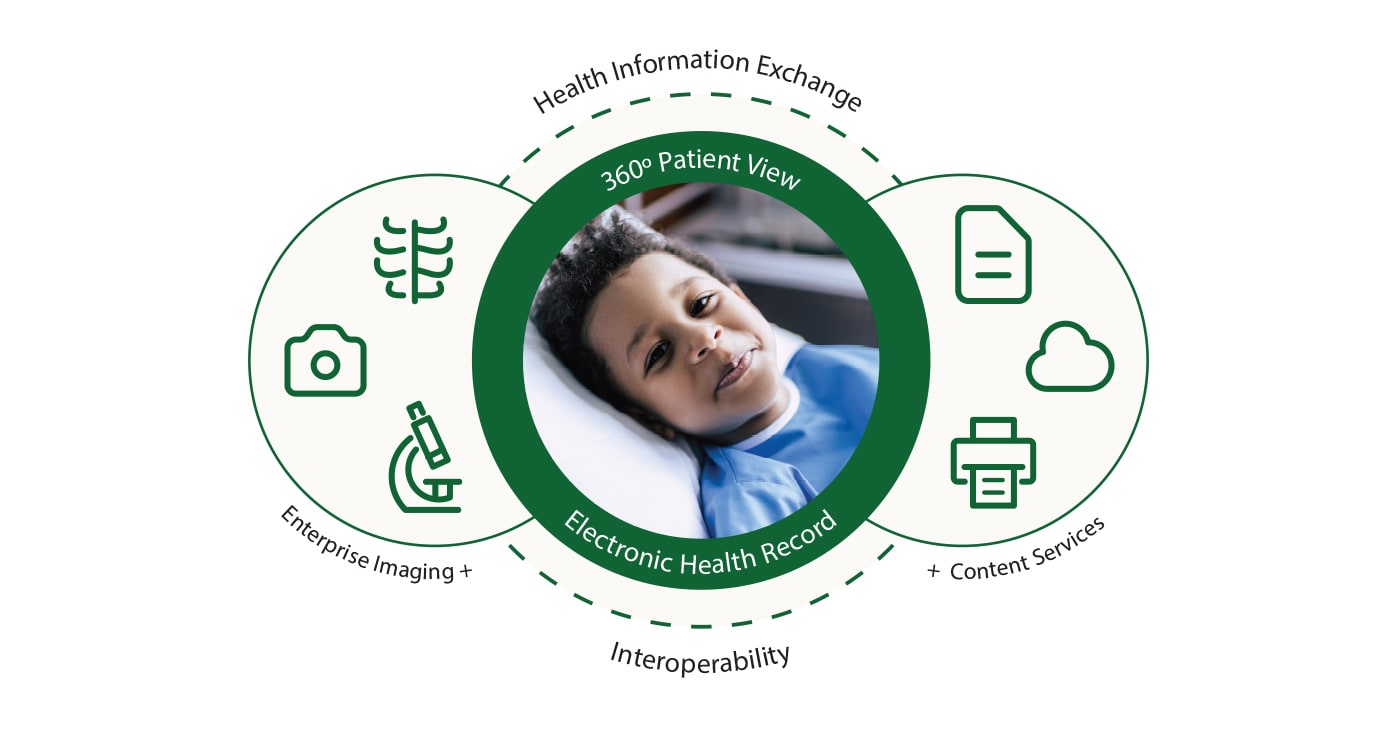Healthcare RCM Services for Efficient Revenue Cycle Monitoring
Healthcare RCM Services for Efficient Revenue Cycle Monitoring
Blog Article
A Comprehensive Overview on Exactly How Medical Care RCM Works to Enhance Billing and Collections
Browsing the complexities of medical care profits cycle administration (RCM) is vital for providers aiming to enhance their invoicing and collections processes. The guide unloads the ins and outs of RCM, from client enrollment to receivables monitoring, offering understandings into enhancing each action. Incorporating advanced modern technology and standard treatments can substantially reduce claim rejections and speed up settlement cycles. Yet, real challenge lies in seamlessly merging these elements to improve cash flow. As we discover the core components and techniques that drive performance, one inquiry remains: just how can healthcare entities finest placement themselves to flourish monetarily in an ever-evolving sector?
Recognizing Earnings Cycle Administration
Grasping the complexities of Earnings Cycle Management (RCM) is vital for medical care companies aiming to maximize their monetary performance. RCM is a crucial administrative feature that encompasses the entire economic procedure of client care, from the initial appointment readying to the final settlement of the balance. It is a complex treatment made to identify, collect, and handle the profits from the services given to clients. Reliable RCM ensures that doctor receive accurate and timely payments, decreasing the risk of revenue loss and improving money flow.
The RCM procedure starts when a person routines a visit and extends via the patient's care trip, consisting of billing and collections. An essential objective is to lower the time in between receiving and giving a service payment, hence boosting the company's monetary health and wellness. RCM includes numerous functions such as individual enrollment, insurance coverage verification, charge capture, coding, asserts submission, repayment posting, and taking care of denials and appeals.
Secret Components of RCM
In the world of Earnings Cycle Administration (RCM), comprehending its essential elements is essential to accomplishing economic efficiency within health care companies. RCM is an extensive process that includes various phases, each crucial to guaranteeing efficient invoicing and collections. The primary components consist of patient enrollment, insurance coverage confirmation, cost capture, coding, insurance claim entry, settlement publishing, and accounts receivable monitoring.


When coded, cases are sent to payers, where precision is critical to stay clear of beings rejected or hold-ups - Healthcare RCM. Settlement posting involves recording the obtained repayments, which permits the reconciliation of accounts. Lastly, accounts receivable management concentrates on tracking and dealing with overdue cases, guaranteeing timely follow-up and resolution
Each component of RCM is interconnected, and ineffectiveness in any kind of part can interrupt the whole cycle. For that reason, mastering these elements is essential for health care suppliers to optimize earnings and enhance their monetary health and wellness.
Methods for Effective Payment

Systematizing billing treatments across the organization is an additional vital approach. Establishing clear guidelines for documents, coding, and submission helps preserve uniformity and conformity with governing requirements. Training staff frequently on these treatments makes sure everyone is current with the current adjustments in billing codes and payer policies.
Exact fee capture is essential in avoiding income leakage. Executing regular audits and surveillance systems enables the recognition and improvement of disparities before they impact income. Additionally, maintaining open lines of interaction with payers aids to quickly deal with any kind of disputes or misunderstandings that may emerge.

Lastly, appealing clients early in the invoicing process by offering clear quotes and educational products about their financial responsibilities can considerably decrease complication and enhance payment timeliness. These methods jointly add to an extra reliable and monetarily healthy invoicing system.
Enhancing Collections Processes
Offered the complexities of medical invoicing and the range of payer demands, improving the collections process includes applying calculated steps that make sure exact and prompt payment of solutions provided. Automation devices can assist in tracking claim statuses, sending timely pointers to clients, and handling rejections extra properly.
Clear and clear patient interactions are vital. Giving detailed explanations of costs and providing flexible repayment strategies can enhance client contentment and punctual repayments.
Normal audits of the collections process ought to be performed to determine locations for improvement and guarantee conformity with laws. By analyzing data, medical care companies can identify patterns, anticipate potential issues, and adjust approaches as necessary (Healthcare anchor RCM). Inevitably, a well-enhanced collections process not just sustains monetary wellness but also contributes to a more smooth experience for individuals and staff alike
Optimizing Revenue Streams
Structure upon the foundation of a solid collections process, healthcare organizations can additionally reinforce their economic security by strategically optimizing earnings streams. This includes a multi-faceted approach, starting with a comprehensive evaluation of existing revenue resources to identify inadequacies and locations for development. Using sophisticated information analytics tools allows organizations to obtain understandings right into payer mix, patient demographics, and service use patterns, permitting for data-driven choices that improve profits capture.
Implementing automated payment systems can dramatically reduce errors and expedite cases refining, ensuring that income is accumulated much more efficiently. Furthermore, optimizing payer contracts with normal arrangements can enhance compensation rates and terms, directly influencing the bottom line. Diversifying solution offerings, such as including telehealth or health care, can also attract a more comprehensive individual base, hence raising income capacity.
One more crucial component is enhancing patient engagement and complete satisfaction, as satisfied clients are a lot more most likely to stick to therapy strategies and make prompt repayments. Offering adaptable repayment options and transparent invoicing methods can improve collections and foster individual commitment. Healthcare RCM. By taking on these methods, healthcare companies can create a more resistant economic framework, ensuring continual development and stability in an ever-changing market landscape
Conclusion
In verdict, health care Revenue Cycle Administration (RCM) plays a critical role in maximizing payment and collections procedures by integrating crucial elements such as patient enrollment, insurance coverage confirmation, charge capture, coding, claims submission, and balance due monitoring. By utilizing innovative innovation, standardizing treatments, and cultivating individual engagement, doctor can considerably minimize claim denials, accelerate repayment cycles, and enhance capital. This extensive strategy to RCM ultimately results in enhanced monetary efficiency and sustainability for medical care companies.
The RCM process begins when an individual schedules a consultation and prolongs with the person's treatment trip, including billing and collections.An additional crucial element is improving individual involvement and fulfillment, as satisfied clients are more likely to adhere to therapy strategies and make prompt payments. Offering adaptable payment options and clear billing methods can boost collections and foster individual loyalty.In verdict, healthcare Profits Cycle Administration (RCM) plays an try this website important function in enhancing invoicing and collections procedures by incorporating vital components such as patient enrollment, insurance confirmation, cost capture, coding, claims submission, and accounts receivable monitoring. By utilizing advanced technology, standardizing procedures, and promoting patient engagement, medical care service providers can her response substantially reduce insurance claim rejections, speed up repayment cycles, and enhance cash circulation.
Report this page